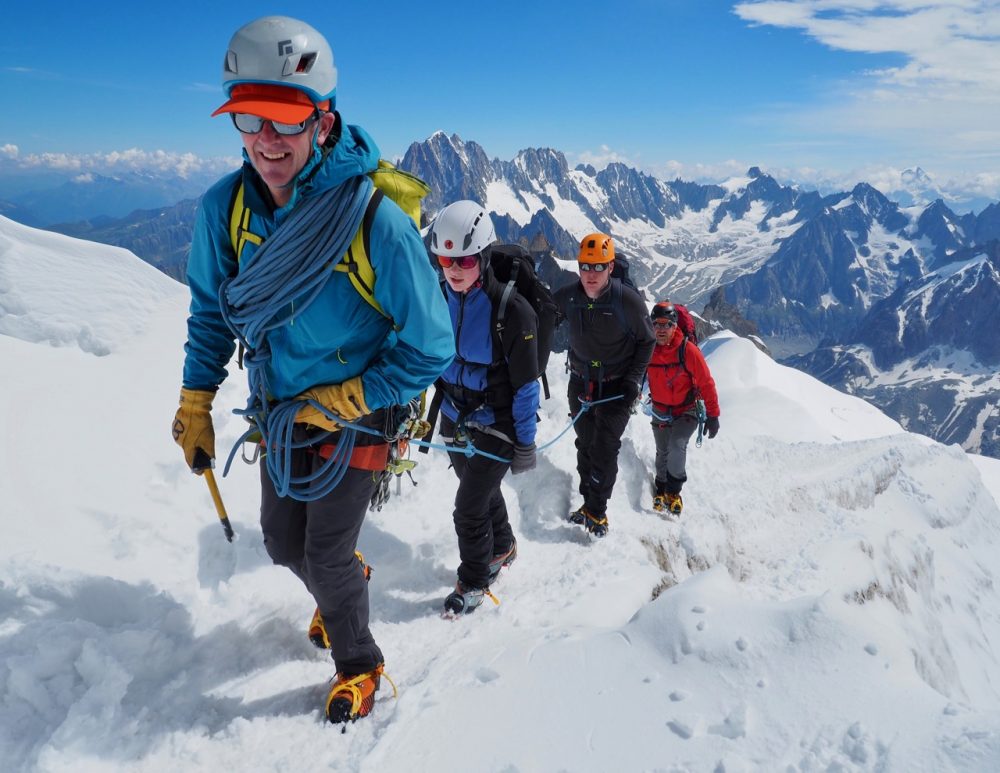
Altitude Sickness: What You Need to Know Before Your Next High-Elevation Adventure
Table of Contents
What Is Altitude Sickness?
Altitude sickness, also known as acute altitude illness, occurs when the body struggles to adjust to the decreased oxygen levels at higher elevations. As you ascend, atmospheric pressure drops, reducing the amount of oxygen available to your body tissues. This oxygen deficit can lead to a range of symptoms from mild discomfort to life-threatening emergencies.
Whether you’re hiking in the Cascades or skiing in the Rockies, understanding altitude sickness can be the difference between a safe trip and a medical emergency.
Stages and Symptoms
Acute Mountain Sickness (AMS)
AMS is the most common and mild form of altitude sickness and typically occurs at elevations above 8,000 feet. Common symptoms include:
-
Headache
-
Nausea
-
Dizziness
-
Fatigue
-
Loss of appetite
-
Difficulty sleeping
Most people recover with rest, hydration, and gradual acclimatization. However, if AMS is ignored, it can escalate into more dangerous conditions.
High Altitude Cerebral Edema (HACE)
HACE is a severe and potentially fatal form of altitude sickness. It generally occurs above 14,000 feet and is caused by swelling in the brain. Symptoms include:
-
Severe headache
-
Confusion or disorientation
-
Loss of coordination (ataxia)
-
Vomiting
HACE is a medical emergency. Immediate descent and supplemental oxygen are required. Failure to treat HACE can lead to coma or death.
High Altitude Pulmonary Edema (HAPE)
HAPE affects the lungs and typically develops at altitudes over 12,000 feet. It involves fluid accumulation in the lungs and presents symptoms such as:
-
Shortness of breath, even at rest
-
Persistent cough
-
Chest tightness
-
Extreme fatigue
-
Production of pink, frothy sputum
Like HACE, HAPE is life-threatening and requires prompt descent, oxygen therapy, and possibly medication such as nifedipine.
Treatment and Emergency Care
If altitude sickness symptoms begin to appear:
-
Stop ascending immediately.
-
Descend to a lower elevation if symptoms worsen.
-
Administer supplemental oxygen if available.
-
Use pain relievers for headaches and anti-nausea medication as needed.
-
Stay hydrated and avoid overexertion.
For severe symptoms, always seek medical attention or activate emergency rescue services if in a remote location.
Prevention Tips
Preventing altitude sickness begins before you even start your ascent:
-
Ascend gradually: Avoid climbing more than 1,000 feet per day once above 8,000 feet.
-
Hydrate well: Dehydration can worsen symptoms.
-
Eat a high-carb diet: Carbohydrates help your body use oxygen more efficiently.
-
Avoid alcohol and sedatives: These suppress breathing and make symptoms worse.
-
Consider acclimatization days: Take rest days during multi-day treks or climbs.
-
Talk to your doctor: Especially if you’ve experienced altitude sickness before or have heart/lung conditions.
Who’s at Risk?
While anyone can develop altitude sickness, those at higher risk include:
-
People who ascend too quickly
-
Individuals with a history of altitude illness
-
Those with heart or respiratory conditions
-
Smokers or people with poor baseline fitness
-
Outdoor workers or athletes pushing their limits at altitude
Preparedness and education are key. Learning to recognize the symptoms early can prevent complications.
Conclusion
Altitude sickness is an invisible but serious threat to hikers, climbers, skiers, and travelers exploring high-altitude destinations. From mild headaches to life-threatening pulmonary and cerebral complications, the risks are real—but preventable.
By understanding the signs, ascending gradually, and knowing how to respond to symptoms, you can stay safe and enjoy your high-altitude experience with confidence.
Stay aware, stay informed—and always, stay Response Ready.
For more information on altitude sickness, visit Altitude.org
See the rest of our Response Ready Blog Articles.
Altitude Sickness FAQ's
Altitude sickness symptoms can begin at elevations above 8,000 feet (2,400 meters). Risk increases with rapid ascent and insufficient acclimatization.
It usually takes 1–3 days to acclimate to a new elevation. It's best to ascend gradually, allowing your body time to adapt before climbing higher.
Yes, acetazolamide (Diamox) is commonly prescribed to prevent AMS in travelers at risk. Always consult your doctor before using medications for altitude.
Light activity is typically fine once acclimatized, but intense exercise too soon can trigger symptoms. Allow your body time to adjust before engaging in strenuous activity.
People with a history of altitude illness, heart or lung conditions, or those who ascend rapidly without acclimatizing are at higher risk.
